Praise for David Weinbergers
Everything Is Miscellaneous
Binds together innumerable miscellaneous threads and makes something new, coherent, and incontrovertible out of them.
Cory Doctorow, BoingBoing.net
David Weinberger is the most erudite and reflective of the hearty band of webtopians.... Filled with interesting and previously unknown facts.
Larry Prusak, Harvard Business Online
A hopeful, pragmatic vision of how the benefits of moving from paper to bits will outweigh the costs.
Scott Rosenberg, Salon.com
Everything Is Miscellaneous is a rare and mesmerizing mix: on the one hand, its an essential guide to the latest information age trends, one that will be extremely useful for businesses and consumers alike. But the book is much more than that as well: its a probing and profound exploration of how we create meaning in the world.
Steven Johnson, author of The Ghost Map and Everything Bad Is Good For You
From how information is organized, to the nature of knowledge and how meaning is determined, this book is a profound contribution to understanding the impact of the digital revolution.
Richard Sambrook, director, BBC Global News
Just when I thought I understood the world, David Weinberger turns it upside downand rightside upagain. Everything Is Miscellaneous explains the radical changes happening in digital informationand therefore in society as a whole.
Jimmy Wales, founder of Wikipedia and chair, Wikia.com
David Weinberger attacks the complexity of the real world, not by making it simple but by making it clear. Once he explains how things can be in more than one place at a timeand make senseyoull never look at a humble bookshelf or store shelf the same way again.
Esther Dyson, author of Release 2.0
ALSO BY DAVID WEINBERGER
Small Pieces Loosely Joined
The Cluetrain Manifesto
with Christopher Locke, Rick Levine, and Doc Searls
EVERYTHING IS MISCELLANEOUS
EVERYTHING IS
MISCELLANEOUS
THE POWER OF THE NEW DIGITAL DISORDER

DAVID WEINBERGER
A HOLT PAPERBACK
TIMES BOOKS / HENRY HOLT AND COMPANY
NEW YORK

Holt Paperbacks
Henry Holt and Company, LLC
Publishers since 1866
175 Fifth Avenue
New York, New York 10010
www.henryholt.com
A Holt Paperback and  are registered trademarks
are registered trademarks
of Henry Holt and Company, LLC.
Copyright 2007 by David Weinberger
All rights reserved.
Distributed in Canada by H. B. Fenn and Company Ltd.
Library of Congress Cataloging-in-Publication Data
Weinberger, David, 1950
Everything is miscellaneous : the power of the new digital disorder / David Weinberger.1st ed.
p. cm.
Includes bibliographical references and index.
ISBN-13: 978-0-8050-8811-3
ISBN-10: 0-8050-8811-3
1. Knowledge management. 2. Information technologyManagement.
3. Information technologySocial aspects. 4. Personal information management.
5. Information resources management. 6. Order. I. Title.
HD30.2.W4516 2007
303.48'33dc22
2007012024
Henry Holt books are available for special promotions and
premiums. For details contact: Director, Special Markets.
Originally published in hardcover in 2007 by Times Books
First Holt Paperbacks Edition 2008
Designed by Kelly S. Too
Printed in the United States of America
1 3 5 7 9 10 8 6 4 2
To the librarians
PROLOGUE
INFORMATION IN SPACE
Absolutely not.
Ive apparently begun by asking Bob Medill the wrong question: Dont you put the most popular items in the back? He could have taken it as an insult, for its a customer-hostile technique many retailers use to force shoppers to walk past items they hope theyll buy on impulse. But the soft-spoken Medill is confident in his beliefs. Besides, hes been asked that before. Its a rookie question.
No, he says, looking out over the Staples office supply store he manages. In front are the destination categories because thats what our customers told us they want. His arm sweeps from left to right, gesturing to the arc of major sections of the store: Paper, digital imaging, ink and toner, business machines, and the copy center.
Its two oclock in the afternoon, but we have the place to ourselves. Even if a customer wanted to buy something, no one is at the cash register. If you need help with your purchase, no associatesStaplesese for sales assistantsare available. Medill is unconcerned. Thats the way its supposed to be. Were in the Prototype Lab, a full-sized store mock-up at the companys headquarters in an office park in Framingham, Massachusetts.
The site has nothing of a Hollywood set about it. Its all real and fully stocked, from the twenty-four-pound paper marked on sale to the blister-packed pens hanging neatly side by side. Eight people work there full-time, which is less than a real stores typical complement of twenty-nine but still no small expense. Yet its worth it because, despite the aisles of pens and the pallets of paper positioned by forklifts, the Prototype Lab is actually about information. Every day Bob Medill and his staff work on strategies to overcome the limitations of atoms and space so customers can navigate a Staples store as if it were pure information.
Thats not the way Medill would put it. From his point of view, the Prototype Lab is a testing ground for making shopping at Staples easier for customers. That by itself puts him in the vanguard of merchandisers. More typical merchandisers use physical space against customers so that customers will spend more money than they intend. Its a science retailers know well. Supermarkets stock popular items, such as milk and bananas, in the back of the store to take advantage of the way physical space works: To get from area A to aisle C, we have to go past shelf B, which just happens to have a sign announcing a special on something we didnt come in for. Likewise, youll find doggie treats below eye level because its something kids are more likely than their parents to put in the cart. When Medill talks about making it easier for Staples customers to get out of the store fast, hes a bona fide revolutionary.
Customers fall into two buckets, says Liz McGowan, Staples director of visual merchandising. People who feel that asking for help is a personal failure and those who dont. Despite what comedians tell us, the dividing line is not based on gender. My mother is in the first bucket, she says. McGowan is data-driven, so she knows the precise volume of the buckets. Thirty-two percent ask associates. Twenty-four percent use signage. Forty percent already know where things are. Its the 60 percent who need help that determine the informational layout of the store. In the Prototype Lab, thats known as way-finding, and its where how people think meets the way their bodies deal with space.
We learn by watching our customers eyeballs, Medill says. Customers enter the store and move nine to twelve feet in, and then theywestand and scan. Thats why, unlike most stores, Staples doesnt put much signage in the entranceway. Instead, it places signs over the most popular destinations, and signs for subcategories under those signs, like a map of continents divided into countries and then into states. Gesturing at the cleanliness of the design, Medill says, Originally we had focals, signs that call out special offersbut they blocked eyeballs. In the retail world, the point of focals is to interrupt the logical order of the store, bringing some exceptional, cant-be-missed offer to your attention. But focals are also concrete objects, so they not only grab your attention, they also physically obscure information about the store, like a map that puts a big McDonalds here! label that obscures most of downtown Poughkeepsie. Thats just the way eyeballs work. Because a sign is not information if it cant be physically seen, the average height of human eyeballs also determines the height of the shelves. By having a store thats mostly low, its easily scannable, says Medill.


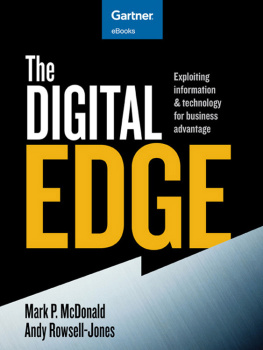
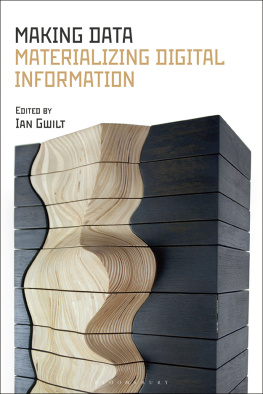

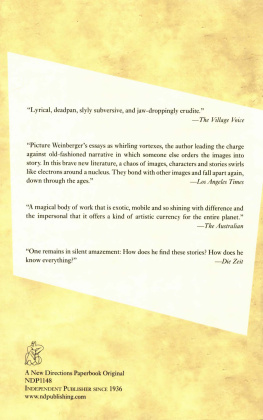
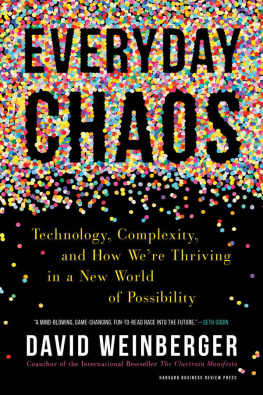
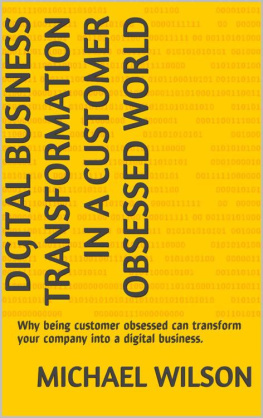
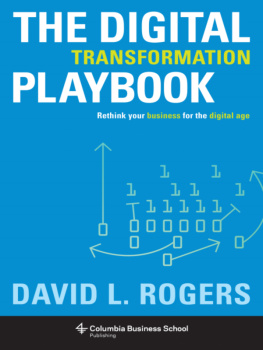

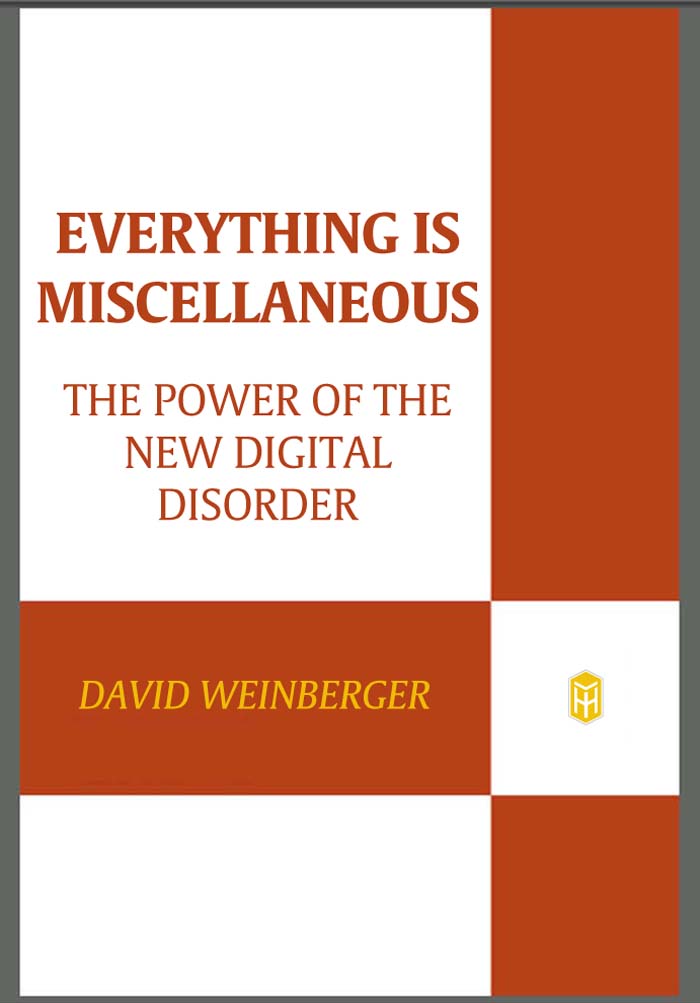


 are registered trademarks
are registered trademarks